
Filter News
Area of Research
- Biology and Environment (39)
- Biology and Soft Matter (1)
- Clean Energy (39)
- Climate and Environmental Systems (1)
- Computer Science (1)
- Electricity and Smart Grid (1)
- Functional Materials for Energy (2)
- Fusion and Fission (11)
- Fusion Energy (1)
- Isotopes (1)
- Materials (34)
- Materials for Computing (3)
- National Security (22)
- Neutron Science (12)
- Nuclear Science and Technology (4)
- Sensors and Controls (1)
- Supercomputing (34)
News Type
News Topics
- 3-D Printing/Advanced Manufacturing (4)
- Advanced Reactors (1)
- Artificial Intelligence (7)
- Big Data (5)
- Bioenergy (15)
- Biology (20)
- Biomedical (4)
- Biotechnology (2)
- Buildings (5)
- Chemical Sciences (7)
- Clean Water (2)
- Climate Change (22)
- Composites (2)
- Computer Science (15)
- Coronavirus (3)
- Critical Materials (1)
- Cybersecurity (7)
- Decarbonization (15)
- Energy Storage (12)
- Environment (28)
- Exascale Computing (4)
- Frontier (5)
- Fusion (6)
- Grid (5)
- High-Performance Computing (10)
- Hydropower (3)
- Isotopes (4)
- ITER (1)
- Machine Learning (5)
- Materials (15)
- Materials Science (12)
- Mercury (1)
- Microscopy (9)
- Molten Salt (1)
- Nanotechnology (6)
- National Security (9)
- Net Zero (2)
- Neutron Science (4)
- Nuclear Energy (8)
- Partnerships (2)
- Physics (6)
- Polymers (3)
- Quantum Computing (5)
- Quantum Science (3)
- Security (5)
- Simulation (4)
- Space Exploration (2)
- Summit (5)
- Sustainable Energy (14)
- Transformational Challenge Reactor (1)
- Transportation (8)
Media Contacts

As leader of the RF, Communications, and Cyber-Physical Security Group at Oak Ridge National Laboratory, Kerekes heads an accelerated lab-directed research program to build virtual models of critical infrastructure systems like the power grid that can be used to develop ways to detect and repel cyber-intrusion and to make the network resilient when disruption occurs.
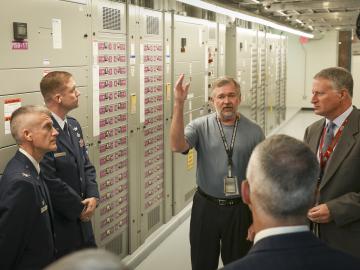
For the US military, accurate weather prediction is vital to both the planning and execution of worldwide missions. To extend its weather modeling capabilities, the US Air Force has joined the computing experts at the US Department of Energy’s (DOE’s) Oak Ridge National Laborato...
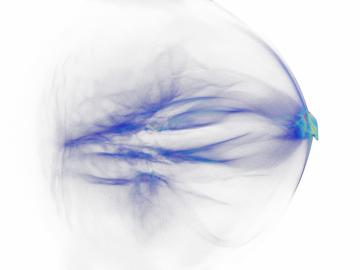
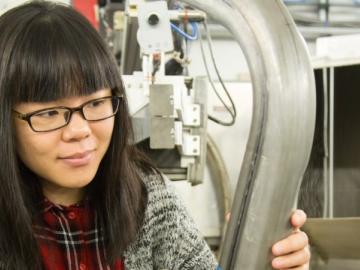

When Michael Starke leaves the lab each day, he continues his work, in a sense, at home. The power systems engineer is developing methods to precisely control building electrical loads—and in his off hours, he has automated his own home with upwards of 90 smart devices to manage everything from heat...

A tiny vial of gray powder produced at the Department of Energy’s Oak Ridge National Laboratory is the backbone of a new experiment to study the intense magnetic fields created in nuclear collisions.
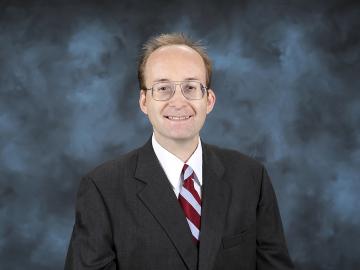
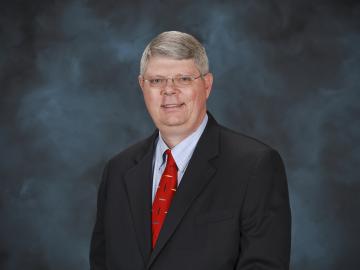
Arthur “Buddy” Bland, program director of the Oak Ridge Leadership Computing Facility (OLCF) at the Department of Energy’s Oak Ridge National Laboratory, has received the Secretary’s Appreciation Award for his nearly four decades of achievements

Colleen Iversen, a senior staff scientist in the Environmental Sciences Division at the Department of Energy’s Oak Ridge National Laboratory, has been selected for the New Voices in Sciences, Engineering, and Medicine project launched by the National Academies of Scie...



